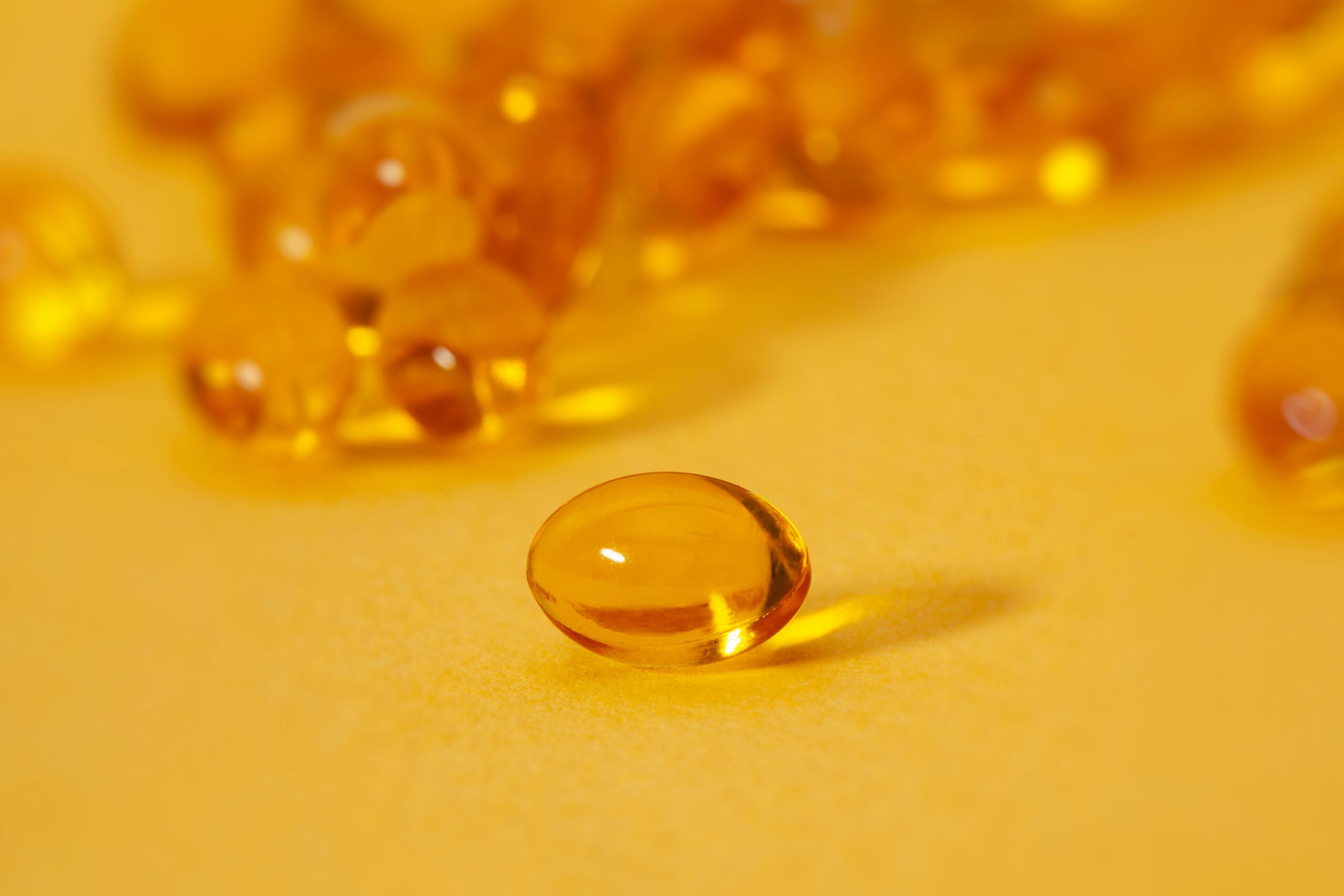The Link Between Sunlight and Vitamin D
Sunlight plays a crucial role in the synthesis of vitamin D, primarily through the exposure of the skin to ultraviolet B (UVB) rays. When UVB rays penetrate the skin, they trigger a chemical reaction that converts 7-dehydrocholesterol, a compound present in the skin, into vitamin D3 (cholecalciferol). This naturally synthesized form of vitamin D is then metabolized by the liver and kidneys into its active form, calcitriol, which is vital for numerous bodily functions, including bone health, immune response, and hormonal balance.
While vitamin D can be obtained from dietary sources such as fatty fish, fortified dairy products, and supplements, direct sunlight remains the most efficient and natural method for enhancing vitamin D levels. This natural synthesis is particularly important given the limited dietary sources of vitamin D and the potential risks associated with excessive supplementation, which can lead to toxicity.
Maintaining adequate vitamin D levels is imperative for overall health. Deficiency in vitamin D has been linked to a range of health issues, including osteoporosis, cardiovascular diseases, autoimmune disorders, and certain cancers. Moreover, insufficient levels of vitamin D can impair the immune system, increasing susceptibility to infections and chronic diseases.
The optimal duration and timing for sunlight exposure to maximize vitamin D synthesis depend on various factors, including skin type, geographic location, and seasonal variations. Generally, fair-skinned individuals require less time in the sun compared to those with darker skin, who need more exposure to produce the same amount of vitamin D. For most people, exposing face, arms, and legs to the sun for about 10 to 30 minutes several times a week during midday, when UVB rays are most intense, is sufficient. However, in higher latitudes and during winter months, when UVB radiation is diminished, achieving adequate sunlight exposure can be challenging, making dietary sources and supplements necessary to maintain optimal levels.
Vitamin D’s Role in Testosterone Production
Vitamin D, often referred to as the “sunshine vitamin,” functions more akin to a hormone within the human body. It is instrumental in various physiological processes, including the regulation of testosterone levels. Scientific research has established a compelling link between sufficient vitamin D levels and elevated testosterone levels in men. This connection underscores the importance of maintaining adequate vitamin D for optimal hormonal health.
The mechanisms through which vitamin D influences testosterone synthesis are multifaceted. One of the primary roles of vitamin D is in the regulation of calcium and phosphorus within the body. These minerals are vital for numerous bodily functions, including bone health and cellular function. Adequate levels of calcium and phosphorus are essential for the optimal function of the endocrine system, which in turn supports the production of testosterone.
In addition to its role in mineral regulation, vitamin D directly impacts the cells in the testes that produce testosterone. Research indicates that vitamin D receptors are present in these cells, suggesting that vitamin D may enhance their ability to synthesize testosterone. Moreover, studies have shown that men with higher levels of vitamin D generally exhibit higher testosterone levels, highlighting the hormone-like behavior of vitamin D in endocrine regulation.
To harness the benefits of vitamin D for testosterone production, practical strategies can be employed. One of the most effective methods is through regular sunlight exposure. Ultraviolet B (UVB) rays from the sun enable the skin to synthesize vitamin D naturally. Spending about 15-30 minutes in direct sunlight several times a week can significantly boost vitamin D levels. However, this duration can vary depending on factors such as skin type, geographic location, and time of year.
Monitoring vitamin D levels through blood tests is another critical strategy. This allows for the identification of deficiencies and the implementation of appropriate supplementation if necessary. Vitamin D supplements, often available in the form of D3 (cholecalciferol), can effectively raise vitamin D levels when taken as directed by a healthcare provider.
Maintaining a healthy lifestyle also plays a pivotal role in optimizing both vitamin D and testosterone levels. A balanced diet rich in vitamin D sources such as fatty fish, fortified dairy products, and egg yolks, combined with regular physical activity and adequate sleep, can support overall hormonal balance. Embracing these holistic strategies can lead to improved testosterone production and better overall health outcomes.
Can refer to below link:-


Leave a Reply